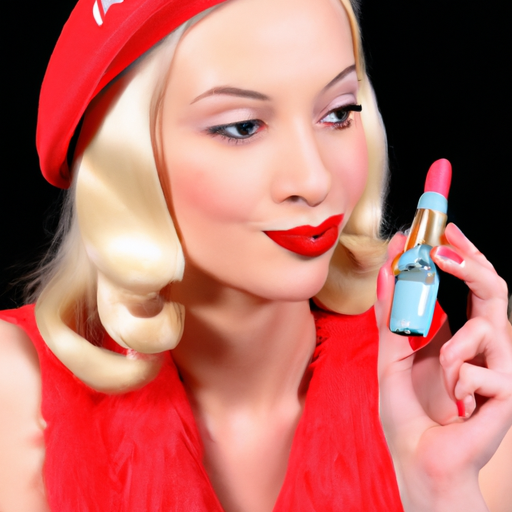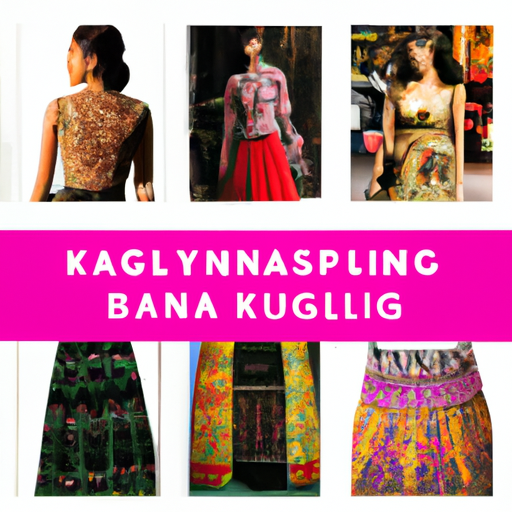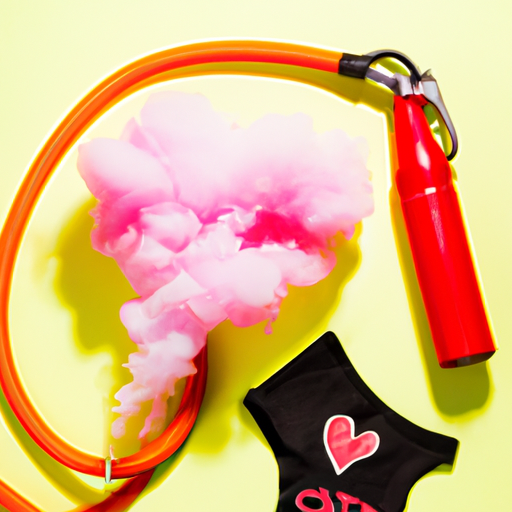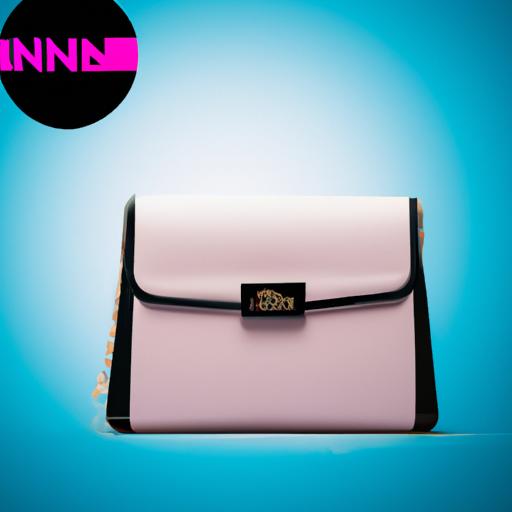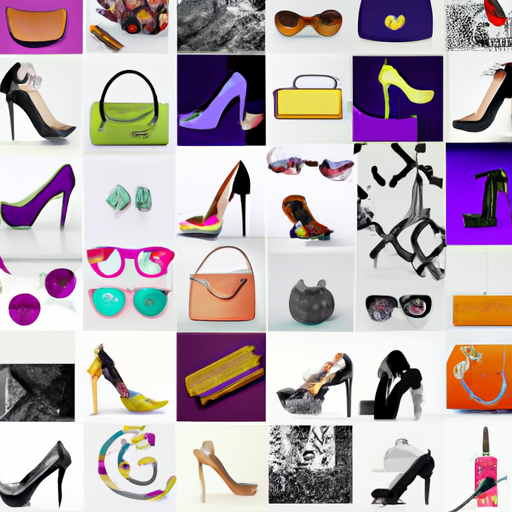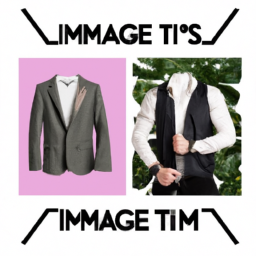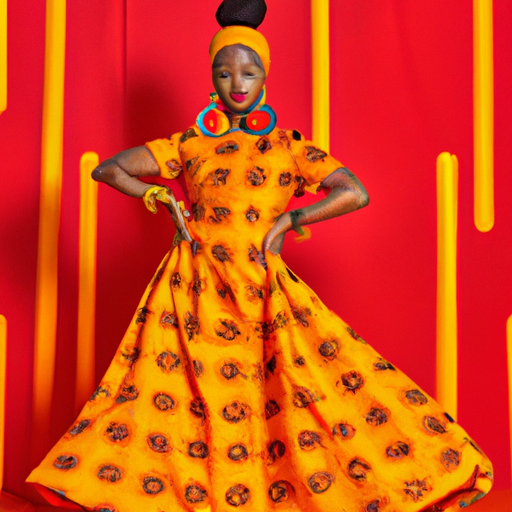Fashion Trends In The 1940s
fashion trends of the 1940s continueatic turn as the world was engulfed in World War II. Despite the challenges and restrictions, the clothing industry found creative ways to adapt and innovate. The fashion trends of this era reflected both the practicality of wartime necessities and the desire for glamour and escapism. From utility clothing to iconic silhouettes, the fashion trends of the 1940s continue to influence and inspire designers today. Get ready to take a trip back in time and explore the fascinating fashion trends that defined this pivotal era.
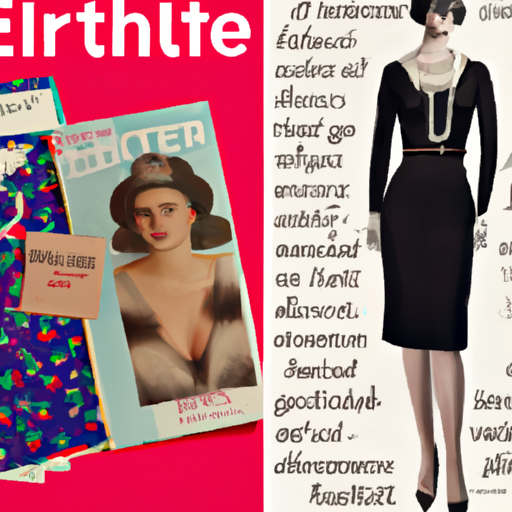
Table of Contents
Women’s Fashion
Daywear
In the 1940s, women’s daywear fashion was heavily influenced by the ongoing war. With rationing and limited resources, practicality and functionality became key elements in women’s clothing choices. The silhouette of the decade was defined by a fitted waist and a below-the-knee length, reflecting a more conservative and modest approach to dressing. Dress styles included shirtwaist dresses, tailored suits, and floral tea dresses. The popular colors for daywear were earth tones such as brown, green, and navy blue, reflecting the military influence.
Eveningwear
Eveningwear in the 1940s was characterized by elegance, sophistication, and a touch of glamour. With the war still in progress, women sought escapism through fashion, and evening events provided the perfect opportunity to indulge in luxurious fabrics and elaborate designs. Floor-length gowns with fitted bodices and flowing skirts became popular choices for formal occasions. Some women experimented with asymmetrical necklines and backless designs to add an element of allure. Fabrics such as silk, satin, and chiffon were used to create feminine and romantic looks.
Accessories
Accessories played a crucial role in completing a woman’s outfit in the 1940s. Hats were a staple accessory, with various styles such as the pillbox hat, turban, and beret being popular choices. Gloves were a must-have accessory, often made of leather, silk, or cotton, and were worn both during the day and for formal occasions. Handbags were also essential, with structured styles made from patent leather or fabric being favored. Women completed their look with jewelry, including brooches, necklaces, and earrings, often featuring pearls or artificial gemstones.
Men’s Fashion
Suits
Men’s suits in the 1940s embodied a classic and tailored aesthetic. With an emphasis on masculinity and formality, suits were the go-to choice for men in both business and social settings. The silhouette was characterized by broad shoulders, a broad chest, and a slim waist, creating a strong and authoritative look. Suits were typically made from wool and came in various colors such as gray, navy blue, and brown. Double-breasted suits were particularly popular, adding an extra touch of sophistication.
Casual Wear
Casual wear for men in the 1940s was significantly influenced by military uniforms. Khaki pants and button-down shirts became a common sight, reflecting the practicality and utilitarian spirit of the time. Sweaters, both V-neck and cardigan styles, were also popular choices for a more relaxed look. Men embraced the streamlined silhouette with pleated or flat-front trousers paired with a well-fitted shirt. Casual shoes like loafers and saddle shoes completed the ensemble.
Accessories
Men’s fashion accessories in the 1940s were refined and understated. Hats played a prominent role, with fedoras being a popular choice, adding a sense of sophistication to any outfit. Neckties in bold patterns and solid colors were essential for completing a formal or business look. Pocket squares and tie clips added a touch of elegance. Men also wore belts made from leather or fabric to cinch their trousers at the waist. Overall, accessories were considered essential for a well-dressed and polished look.
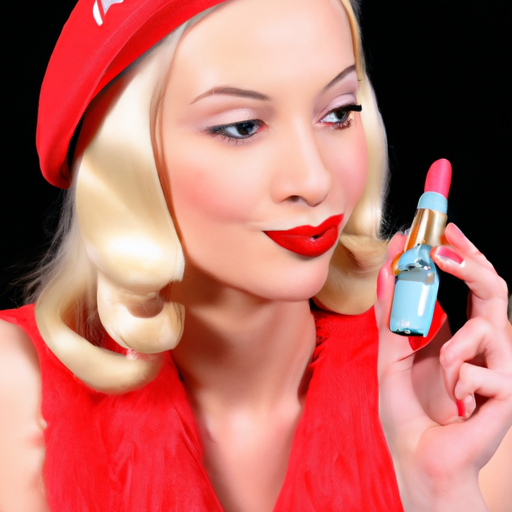
Hairstyles
Women’s Hairstyles
Women’s hairstyles in the 1940s were often characterized by elegance and femininity. Due to the prevailing conservative values, longer hair was the norm, often styled into intricate updos or set in curls. Victory rolls, which involved rolling sections of the hair away from the face and securing them with pins, became a popular hairstyle during this era. Women also embraced the classic bob, which was often styled with pin curls or victory rolls to add volume and sophistication.
Men’s Hairstyles
Men’s hairstyles in the 1940s reflected traditional and refined grooming standards. The most common hairstyle was the “ivy league” or “business cut,” featuring short sides and back with a slightly longer but neatly combed top. Hair was often parted on the side for a polished look. Additionally, military influence led to crew cuts and buzz cuts becoming popular among men. These styles were low-maintenance and practical, which appealed to the wartime culture.
Hats and Headwear
Hats were an essential part of completing the overall look in the 1940s, both for men and women. Women wore a variety of hats, from wide-brimmed styles adorned with flowers and bows to smaller, perched hats with intricate veiling. Men embraced fedoras and trilbys, often worn tilted to one side for a touch of flair. Flat caps and newsboy caps were also popular choices, especially for more casual occasions. Headscarves were commonly worn by women, offering a practical yet stylish solution to protect their hair during outdoor activities.
Makeup
Women’s Makeup
Women’s makeup in the 1940s reflected a natural and understated aesthetic. The emphasis was on enhancing the features while maintaining a fresh and youthful appearance. A pale complexion was considered desirable, achieved through the use of foundation and powder. Thin, arched eyebrows were popular, often meticulously drawn with an eyebrow pencil. The eyes were highlighted with neutral eyeshadows and mascara to create a wide-eyed look. A touch of rouge on the cheeks and a bold red lipstick completed the classic 1940s makeup look.
Popular Products
Popular makeup products in the 1940s included Max Factor’s Pan-Cake makeup, which became the go-to foundation for many women. Also, red lipsticks in shades like “Cherries in the Snow” by Revlon were highly sought-after. Eye makeup products were limited at the time, with neutral eyeshadows and mascara being the main choices. Brands like Maybelline and Elizabeth Arden gained popularity for their cosmetic offerings.
Beauty Standards
Beauty standards in the 1940s revolved around a sophisticated and refined look. The ideal beauty archetype was characterized by a slim figure, soft features, and an air of femininity. The focus was less on self-expression and more on conforming to societal expectations. The wartime culture also placed value on health and natural beauty, promoting a wholesome image. Women were encouraged to take care of their skin and maintain a well-groomed appearance, reflecting the prevailing conservative values of the time.
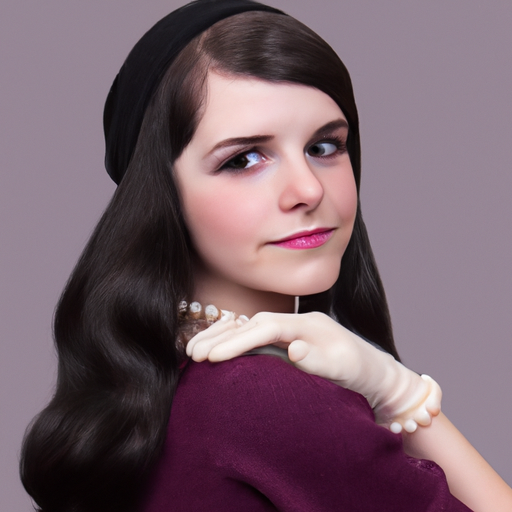
Shoes and Footwear
Women’s Shoes
Women’s shoes in the 1940s were influenced by the practical needs of the era. With rationing and limited resources, materials such as leather and rubber were reserved for military purposes. As a result, women’s shoes were often made from fabrics like canvas, satin, or synthetic materials. Wedges, low heels, and ballet flats were popular choices for daywear, offering comfort and versatility. Peep-toe pumps and strappy sandals became fashionable for eveningwear, adding a touch of femininity and elegance.
Men’s Shoes
Men’s shoes in the 1940s were predominantly made from leather, offering durability and a polished look. Lace-up Oxford shoes were the most common choice for formal occasions and business attire, adding sophistication to any outfit. Loafers and brogues were popular options for more casual occasions, providing a balance between comfort and style. To adapt to the wartime restrictions, some shoes featured ration stamps embedded in their soles, reflecting the resourcefulness of the era.
Children’s Shoes
Children’s shoes in the 1940s were designed with durability and practicality in mind. Due to rationing and limited resources, children’s shoes were often made from sturdy materials such as canvas or synthetic fabrics. Functionality was prioritized, with secure closures like laces or buckles ensuring a snug fit. Girls typically wore Mary Jane shoes, while boys favored lace-up or buckle shoes. These styles provided both support and comfort for children’s growing feet.
Fabrics and Materials
Women’s Fabrics
Women’s fabrics in the 1940s were greatly affected by the war. With the scarcity of resources, practicality and resourcefulness became key elements in fabric choices. Natural fibers like cotton and wool were widely used, providing comfort and versatility. However, synthetic materials such as rayon, nylon, and acetate gained popularity due to their durability and cost-effectiveness. Patterns and prints were often used to add visual interest to garments, making up for the limited availability of fabrics.
Men’s Fabrics
Men’s fabrics in the 1940s mirrored the practical and utilitarian approach of the era. Natural fibers such as wool and cotton were commonly used, ensuring breathability and comfort. Wool was the preferred fabric for suits, providing a polished and sophisticated appearance. Due to rationing and limited resources, sturdy synthetic materials like rayon were also utilized. These fabrics offered durability and resistance to wear and tear, ensuring that men’s clothing could withstand the demands of the wartime period.
Limited Resources and Rationing
During the war, limited resources and rationing had a significant impact on the availability and quality of fabrics and materials. The government imposed regulations and restrictions on the production and consumption of certain items, including clothing. Rationing stamps were issued, dictating how much fabric and materials individuals could use in their clothing. As a result, clothing designs often had to be adapted and simplified to accommodate the shortage of fabric. Practicality and functionality became the driving forces behind fashion choices.
Colors and Patterns
Popular Colors
The popular colors of the 1940s reflected the wartime atmosphere and military influence. Neutral colors such as beige, brown, and gray were widely favored, offering a sense of practicality and versatility. Earthy tones like green and navy blue were also popular choices, reflecting the connection to the military and blending in with the wartime landscape. Brighter colors like red and yellow were used sparingly, usually as accents or details in garments.
Prints and Patterns
Prints and patterns played a significant role in adding visual interest to the limited range of fabrics available during the war. Polka dots, small florals, and geometric patterns were commonly seen in women’s clothing, infusing a touch of playfulness and femininity. Stripes, both vertical and horizontal, were also popular choices, adding a sense of structure and sophistication. However, prints and patterns were used sparingly due to the scarcity of resources, highlighting the need for resources to be allocated wisely.
Military Influence
The military had a profound impact on the fashion choices of the 1940s. Military uniforms provided inspiration for many aspects of fashion, from silhouettes to colors and details. The military influence was evident in the structured and tailored designs of both men’s and women’s clothing. Garments often featured epaulets, pockets, and brass buttons, reminiscent of military attire. Additionally, camouflage prints and military-inspired accessories, such as utility belts, became popular, reflecting the wartime spirit and patriotism.
Influence of War
Fashion and Utility
The ongoing war had a significant influence on fashion during the 1940s. With resources being diverted for military purposes, clothing designs had to prioritize functionality and utility. Women’s clothing incorporated practical features such as pockets, adjustable waistbands, and detachable accessories. Men’s suits were designed with roomier pockets to accommodate various essentials, reflecting the need for practicality in daily life. The focus shifted from extravagant and elaborate designs to more streamlined and utilitarian styles.
Rationing and Limitations
Rationing and limitations shaped the fashion landscape of the 1940s. With resources being directed towards the war effort, the production and availability of fabrics and materials were severely restricted. Individuals were issued ration stamps, dictating how much fabric and materials they could use in their clothing. As a result, clothing designs became more conservative and simplistic, making the most of the limited resources. The practice of “make do and mend” became common, with people repairing and repurposing clothing to stretch their resources further.
Propaganda Influence
Fashion was not immune to the influence of propaganda during the war. The government utilized fashion as a means to convey messages of patriotism, unity, and support for the war effort. Fashion magazines and publications featured articles encouraging citizens to prioritize practicality and resourcefulness in their clothing choices. Prominent designers and fashion icons collaborated with the government to promote wartime fashion campaigns, encouraging the public to conserve resources and embrace a spirit of unity and resilience.
Influence of Hollywood
Movie Stars as Fashion Icons
Movie stars of the 1940s played a significant role in shaping fashion trends. Hollywood glamour and the allure of the silver screen influenced women’s fashion choices. Actresses like Ingrid Bergman, Katharine Hepburn, and Rita Hayworth became style icons, embodying elegance and sophistication. Their on-screen costumes and personal style inspired women to embrace femininity and glamour, even amidst the challenges of the wartime period. Movie stars became aspirational figures, showcasing extravagant and glamorous fashion that offered an escape from the realities of war.
Film Costumes
Film costumes in the 1940s showcased a blend of glamour, creativity, and escapism. Costume designers worked closely with actresses to create breathtaking ensembles that transported audiences into a world of fantasy and sophistication. The lavish gowns and tailored suits seen on the silver screen became a source of inspiration for fashion trends. The attention to detail and the use of luxurious fabrics captivated audiences, providing a sense of opulence and elegance that seemed far removed from the wartime reality.
Glamour and Escapism
Hollywood offered a form of escapism during the war, and fashion played a crucial role in creating this sense of glamour and fantasy. The opulent and extravagant costumes seen on screen allowed people to dream and momentarily forget about the hardships of everyday life. Women sought to emulate the elegance and sophistication of their favorite movie stars, incorporating touches of glamour into their own wardrobes. The influence of Hollywood provided an escape from the realities of the wartime period, igniting a desire for beauty, luxury, and a taste of the glamorous life.
Fashion Icons of the 1940s
Women’s Fashion Icons
The 1940s had its fair share of fashion icons who influenced the era’s trends and style. One of the most notable icons was Audrey Hepburn, whose timeless elegance and effortless grace made her a symbol of feminine beauty. Her classic and understated style, characterized by tailored silhouettes and little black dresses, set the standard for women’s fashion. Other fashion icons such as Lauren Bacall and Marlene Dietrich embodied a sense of confidence and sophistication, showcasing the power of fashion to express individuality and allure.
Men’s Fashion Icons
Men’s fashion icons of the 1940s showcased a blend of classic style and charm. One notable icon was Frank Sinatra, whose polished suits and clean-cut appearance epitomized the suave and debonair aesthetic of the era. Cary Grant, with his impeccable tailoring and timeless style, was also a prominent figure in men’s fashion. These icons not only influenced fashion trends but also represented a certain ideal of masculinity and sophistication.
Role of Models
Models played a crucial role in showcasing the fashion trends of the 1940s. While the concept of supermodels had yet to emerge, models were used in fashion magazines, catalogs, and fashion shows to display the latest designs. Their poses and impeccable styling brought garments to life, allowing consumers to envision how the clothing would look and fit. Models became aspirational figures, representing the ideal image of beauty and style. Their presence helped popularize trends and inspire individuals to embrace the fashion of the era.
In conclusion, the fashion trends of the 1940s were heavily influenced by the ongoing war, rationing, and limited resources. Practicality and utility became key elements in both women’s and men’s fashion choices. Women’s fashion embraced a more conservative and modest approach, reflecting the prevailing values of the era. Access to fashion imagery and the influence of Hollywood movie stars provided women with a means to escape the realities of war and embrace glamour and elegance. Men’s fashion emphasized a polished and tailored aesthetic, with suits and military-inspired casual wear dominating the style landscape. The influence of the war, propaganda, and Hollywood helped shape not only the clothing choices but also the overall culture of fashion during this transformative decade.
